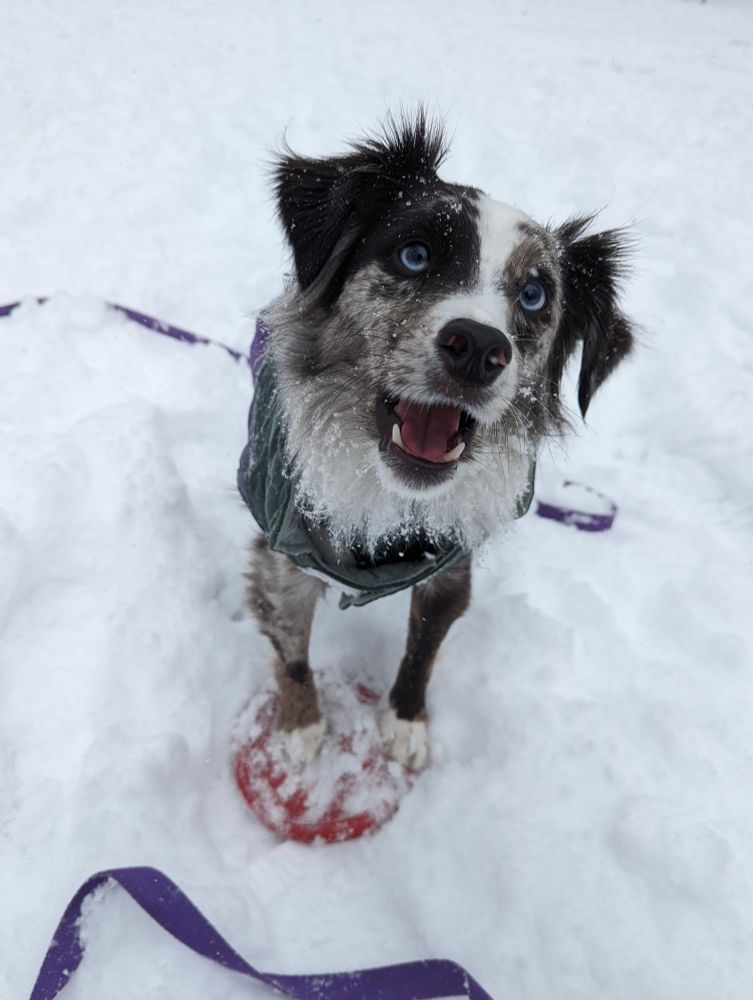
Interested in cognition, computation, neuroscience, and development.
https://vlad-lab.com/
Come check out my talk tomorrow morning on the organization of the human visual system at birth in @noranewcombe.bsky.social Rumelhart award symposium
#CogSci2025
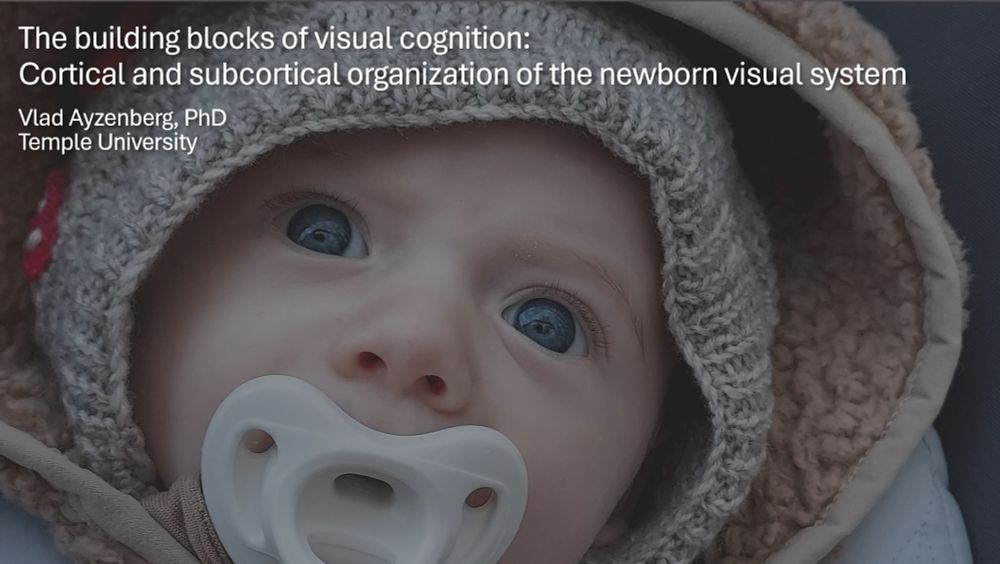
Come check out my talk tomorrow morning on the organization of the human visual system at birth in @noranewcombe.bsky.social Rumelhart award symposium
#CogSci2025

However, these large models may be given more training than a child could realistically experience in their lifetime.

However, these large models may be given more training than a child could realistically experience in their lifetime.


@vssmtg.bsky.social
#VSS2025

@vssmtg.bsky.social
#VSS2025
Starting with a fresh board

Starting with a fresh board
The lab studies perception and cognition from infancy to adulthood using neuroimaging, behavioral, and computational approaches
For more details about the lab and the position, see: vlad-lab.com/join
#psychjobs #neurojobs
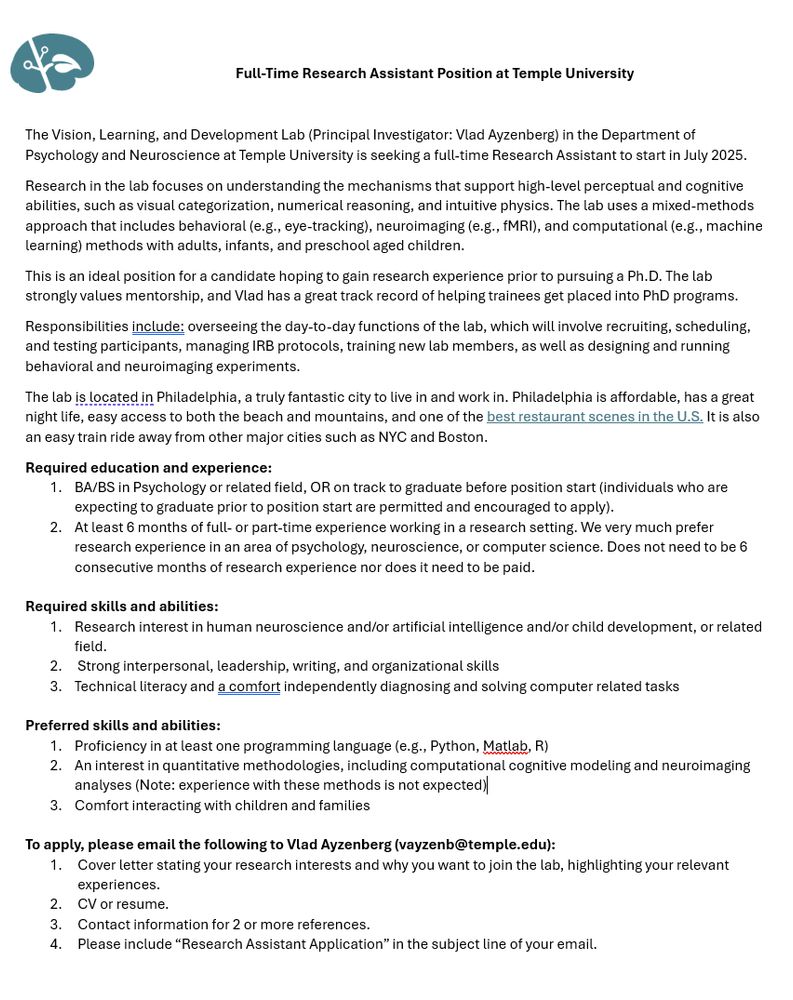
The lab studies perception and cognition from infancy to adulthood using neuroimaging, behavioral, and computational approaches
For more details about the lab and the position, see: vlad-lab.com/join
#psychjobs #neurojobs

That is, areas of the pulvinar most connected with dorsal V1 in neonates responded to stimuli in the lower-visual-field of adults (and vice versa for ventral V1)

That is, areas of the pulvinar most connected with dorsal V1 in neonates responded to stimuli in the lower-visual-field of adults (and vice versa for ventral V1)
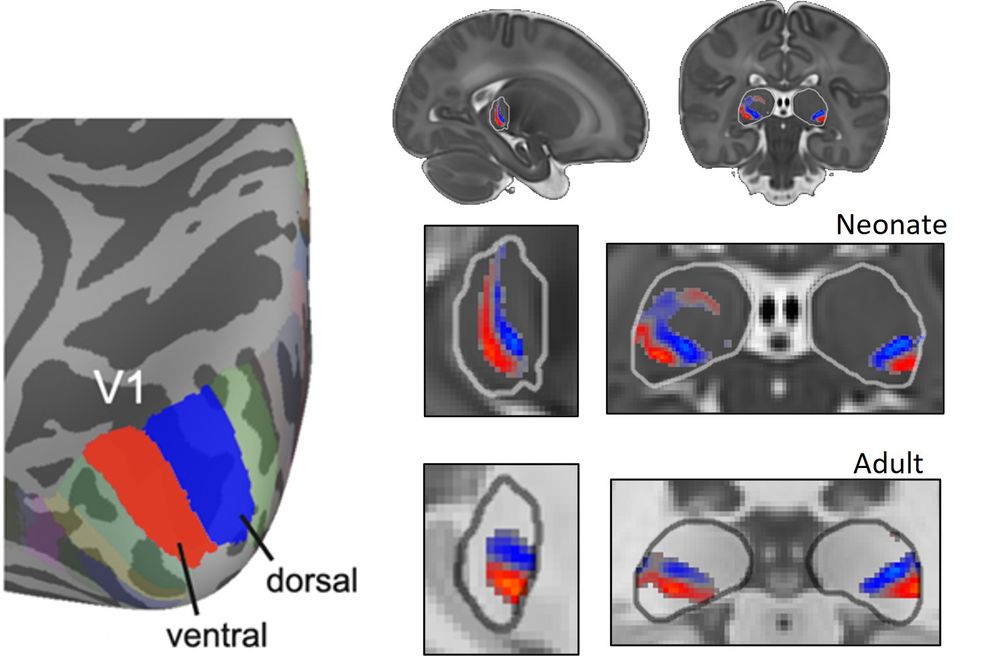
Collectivity, visual areas showed gradients of connectivity in the pulvinar corresponding to the hierarchical organization of ventral, lateral, and dorsal visual pathways.
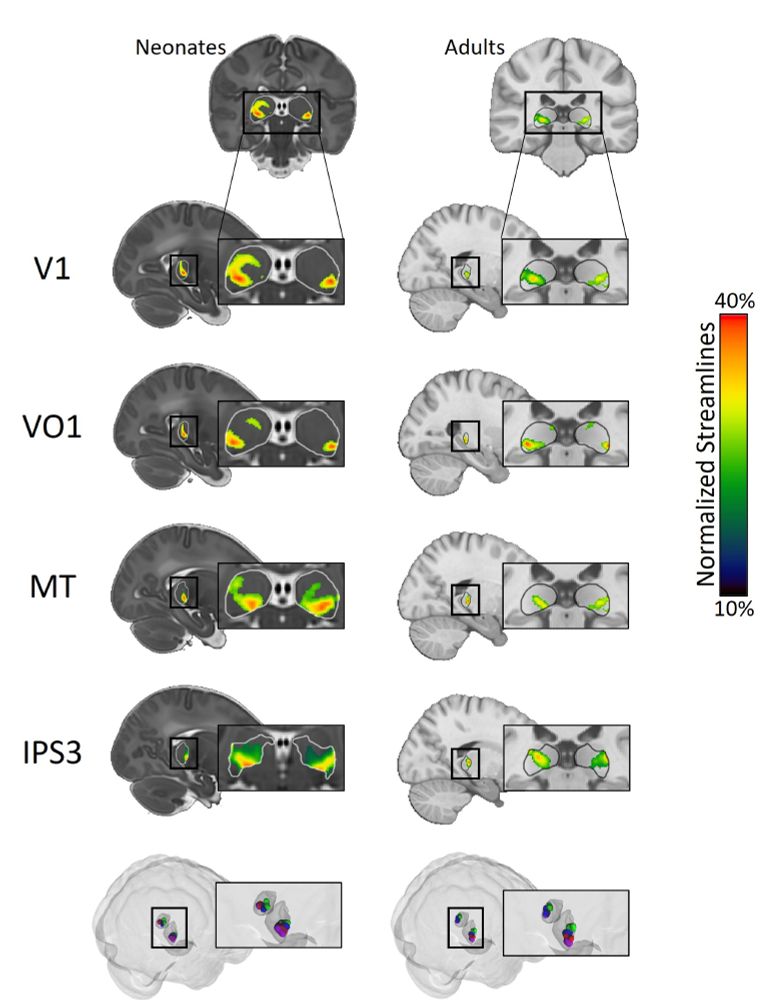

Collectivity, visual areas showed gradients of connectivity in the pulvinar corresponding to the hierarchical organization of ventral, lateral, and dorsal visual pathways.
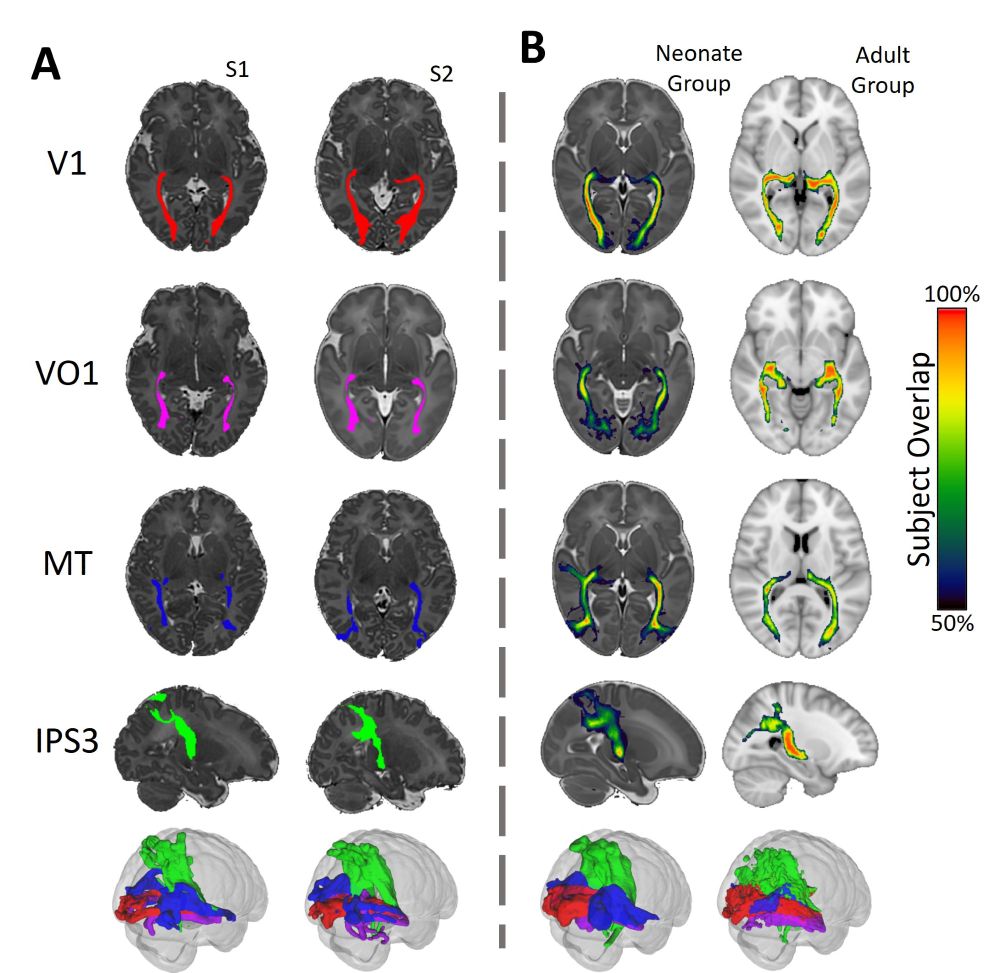
We tested this question by examining the organization and maturity of *structural connections* between the pulvinar and areas of occipital, ventral, lateral, and dorsal visual cortices.
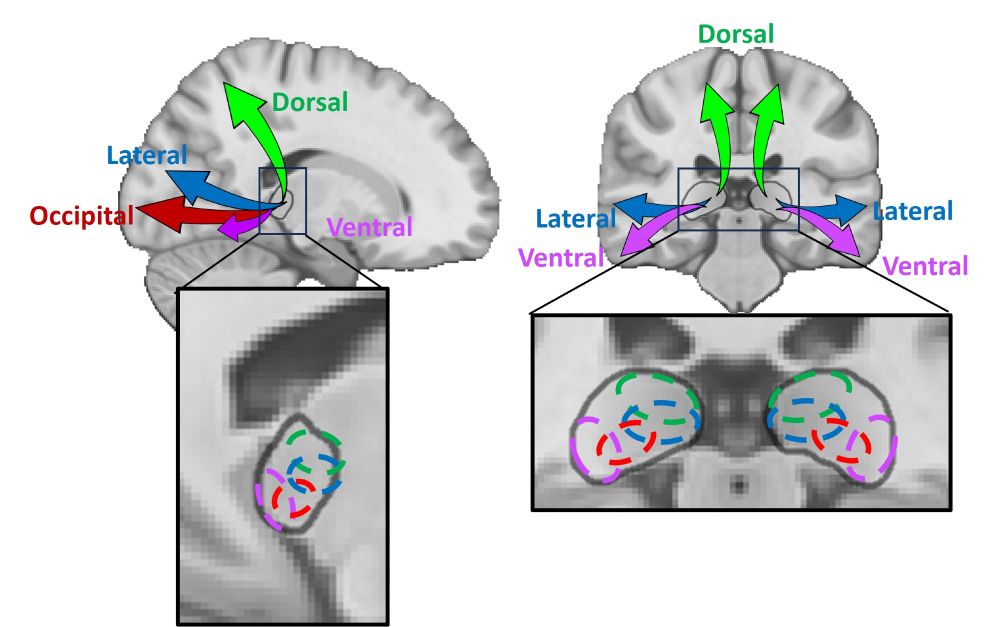
We tested this question by examining the organization and maturity of *structural connections* between the pulvinar and areas of occipital, ventral, lateral, and dorsal visual cortices.
Bonus: baby vlad presenting his first poster as an undergrad

Bonus: baby vlad presenting his first poster as an undergrad
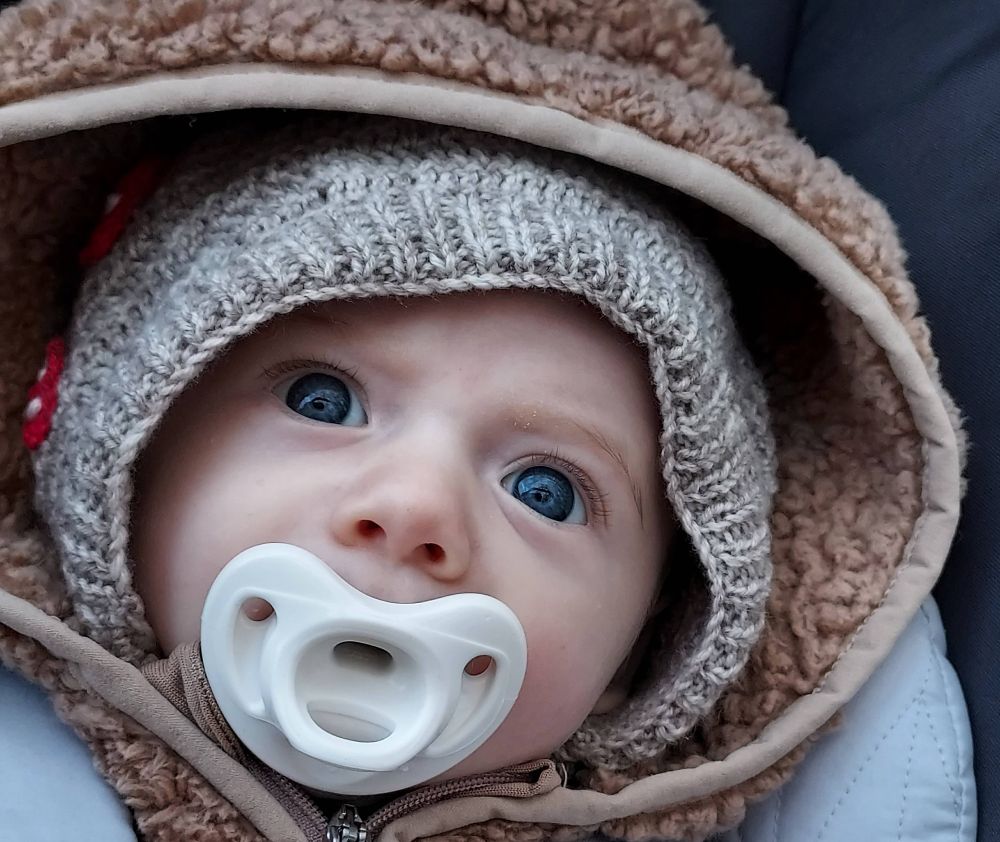
Temple University as an assistant professor of Psychology and Neuroscience!
The Vision Learning and Development Lab will officially open its doors in Summer 2025! vlad-lab.com

Temple University as an assistant professor of Psychology and Neuroscience!
The Vision Learning and Development Lab will officially open its doors in Summer 2025! vlad-lab.com
Here we examined the degree to which dorsal and ventral visual pathways can functionally reorganize after children have half of their brain surgically removed (!!)
doi.org/10.1016/j.dc...
#cogsci #devpsy #neuroscience

Here we examined the degree to which dorsal and ventral visual pathways can functionally reorganize after children have half of their brain surgically removed (!!)
doi.org/10.1016/j.dc...
#cogsci #devpsy #neuroscience
doi.org/10.48550/arX...
doi.org/10.48550/arX...


doi.org/10.48550/arX...
doi.org/10.48550/arX...
For example, patients who had left hemispherectomies now showed word-selectivity in their right hemisphere.

For example, patients who had left hemispherectomies now showed word-selectivity in their right hemisphere.

Here we explored the developmental trajectories of ventral and dorsal pathways in patients who have had half their brains removed (‼️)
https://www.biorxiv.org/content/10.1101/2023.08.03.551494v1.full

Here we explored the developmental trajectories of ventral and dorsal pathways in patients who have had half their brains removed (‼️)
https://www.biorxiv.org/content/10.1101/2023.08.03.551494v1.full


